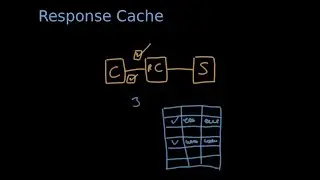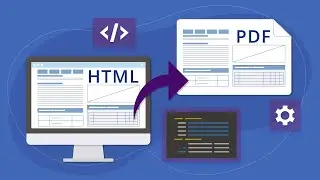23. Response Caching in ASP.NET Core Web API | .NET 7 Implementation of Response Cache Middleware
LIKE | COMMENT | SHARE | SUBSCRIBE
welcome to #ProgrammingPalli.
#Section02
The Response Caching Middleware in ASP.NET Core Web API provides a way to cache the responses of HTTP requests and reuse them for future requests that have the same parameters. This caching can significantly improve the performance of your application by reducing the amount of work required to generate responses.
When a request is made to your ASP.NET Core Web API that is configured to use the Response Cache Middleware, the middleware first checks to see if the response for the request has already been cached. If it has, the middleware returns the cached response instead of executing the action that generates the response.
If the response has not been cached, the middleware executes the action that generates the response and then caches the response. The caching is based on the request's URL and any additional parameters specified in the middleware configuration. The cached response is stored in memory or a distributed cache, depending on the configuration.
The middleware also provides options to control the cache expiration and the cache location. You can set the cache expiration time, the cache location (memory or distributed cache), and cache profile configuration.
Overall, Response Caching in ASP.NET Core Web API Response Cache Middleware can significantly improve the performance of your application by caching frequently requested responses and reusing them for future requests.
#programmingpalli
#NET7
#aspnetcore7
#core7
#restapi
#coreapi
#microservice
#microservices
#microservicearchitecture
#microservicespatterns
#microservicesbestpractices
#microservicesdeployment
#microservicesdesign
#mongorepo
#repositorypattern
#responsecache
#responsecaching































